
Managing Sports for Eight Kids: Avoid Meets & Bring Treats
Share
In our family, we allowed the kids to play one sport per season, per child. It worked from a practical standpoint because I could only be in so many places at one time. Before this, I remember having gymnastics, piano lessons, new baby (this happened with regularity) and soccer all on the same day. We would leave the house at 3:30 and with drop-offs, pick-ups, a bit of watching and feeding the baby (in the car) we got home at 6:30, just in time to have dinner, which was made earlier in the day and reheated. After doing this schedule for one season, I changed the rules for the sake of my sanity.
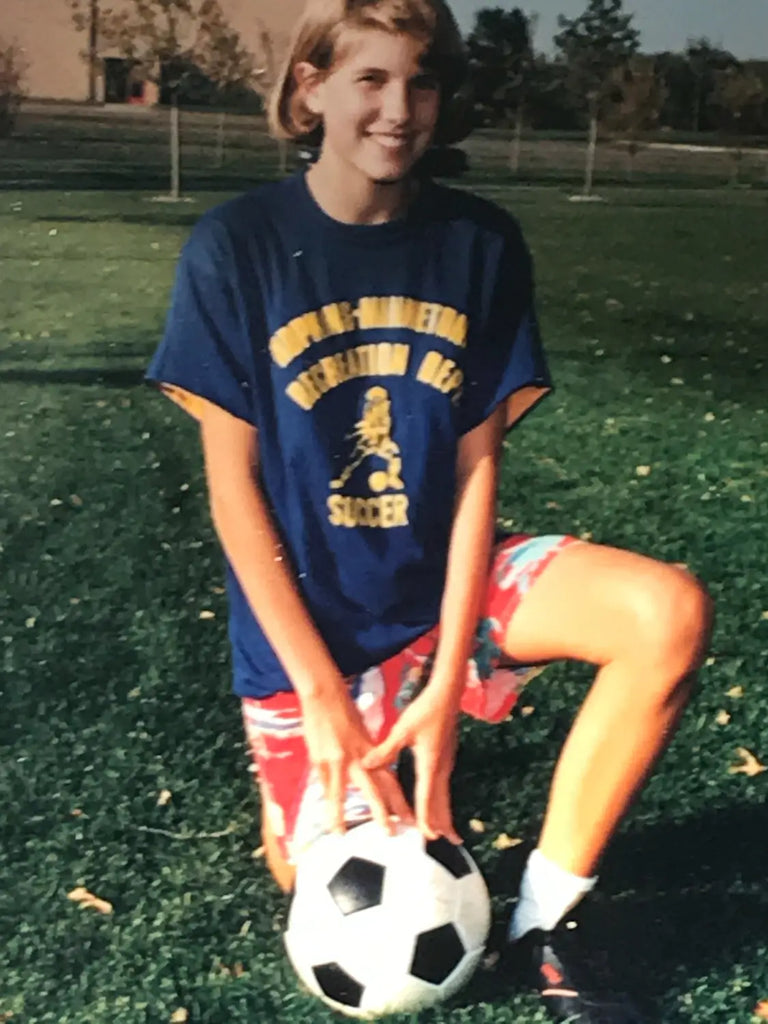
Through the years we had one All-American lacrosse player and one sailing club champion, but no one who had the desire or ability to go further than high school in their sport. In other words, no one was going to sign a big contract, make lots of money and take care of their mother in her old age. My motivation for pushing their interest to the absolute fullest was tempered by a healthy dose of realistic expectations.

We had gymnasts, soccer players, hockey players, sailors, ski racers, actors and a few (short-lived) baseball and basketball players. I loved activities that had a timeline, i.e. hour-long soccer and hockey games as opposed to never-ending baseball games. Pretty much I learned that any sport that had the word "meet" in it (ski meet, swim meet etc...) would involve a ton of time, mostly downtime, and that's not really my thing.
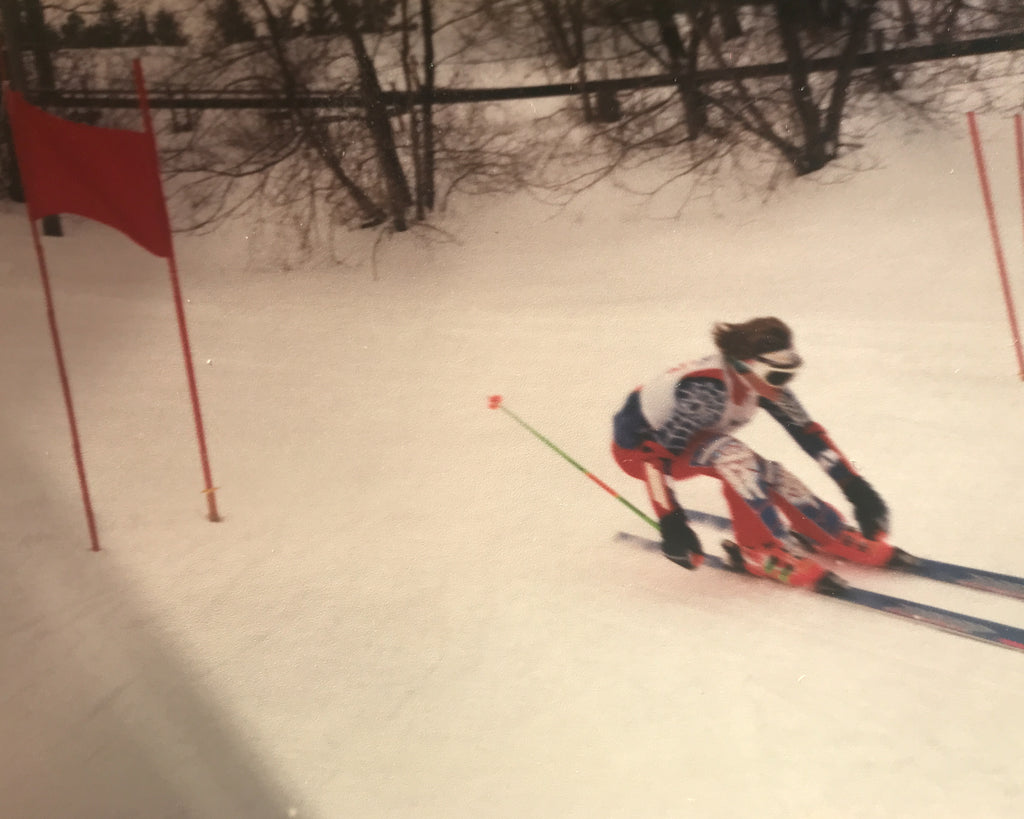
We forced the older kids to try a variety of sports because we thought they should try everything. After that proved to be painful (forcing sports upon uninterested kids), we lightened up and if you didn’t like a sport, then you didn't have to do it. When #5 was 7 years old, she started sailing lessons during the windiest time of the summer and she was terrified. From the first day of a 2-week session, she cried hard every day going to and from the yacht club. This lasted the entirety of the session. Jim said she would get over it and she did eventually (after years of fighting it) develop a true love of sailing.
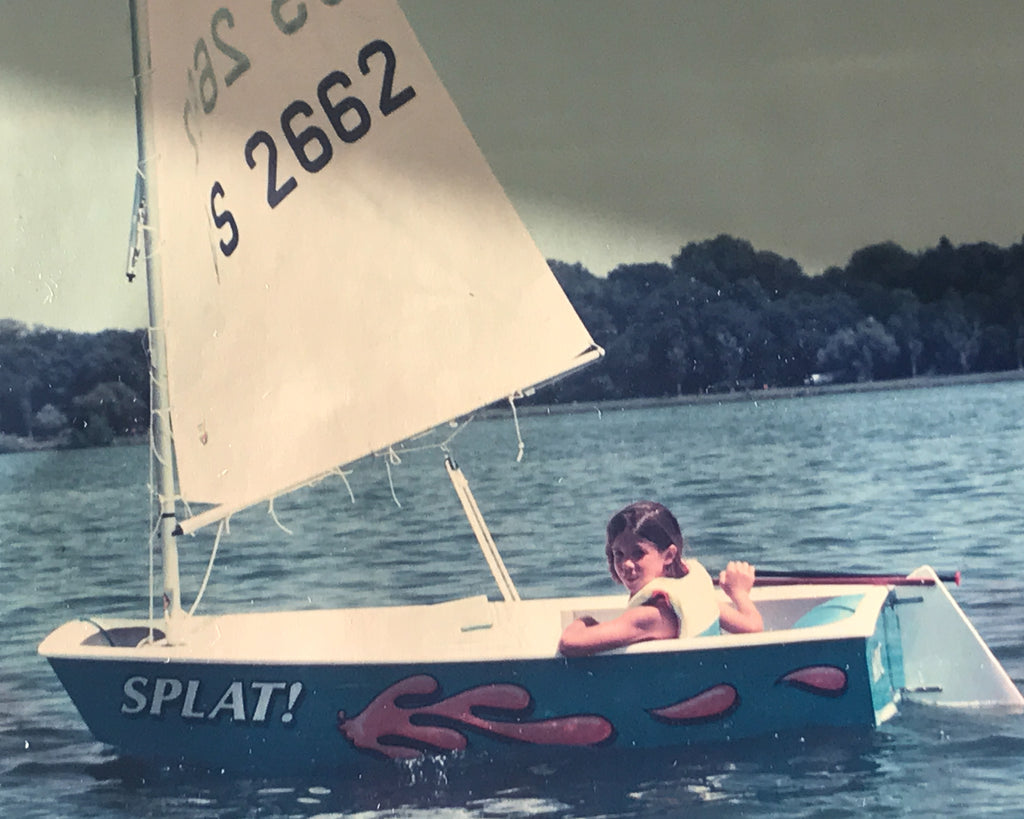
When #6 started hockey at 4 yrs. of age, he hated it. He mostly hated the equipment, too much stuff. It was up to me to help him get dressed and get him to practice, sometimes both of us ended up in tears. After one particular game, I was saying what a wonderful job he did—the coach told him to stay on the faceoff dot and he did—for the whole game. (He never once left the dot, even when everyone else was chasing the puck). I asked if he liked it and he said with tears in his eyes “I am only doing this because you and dad are making me”. He never played hockey again.
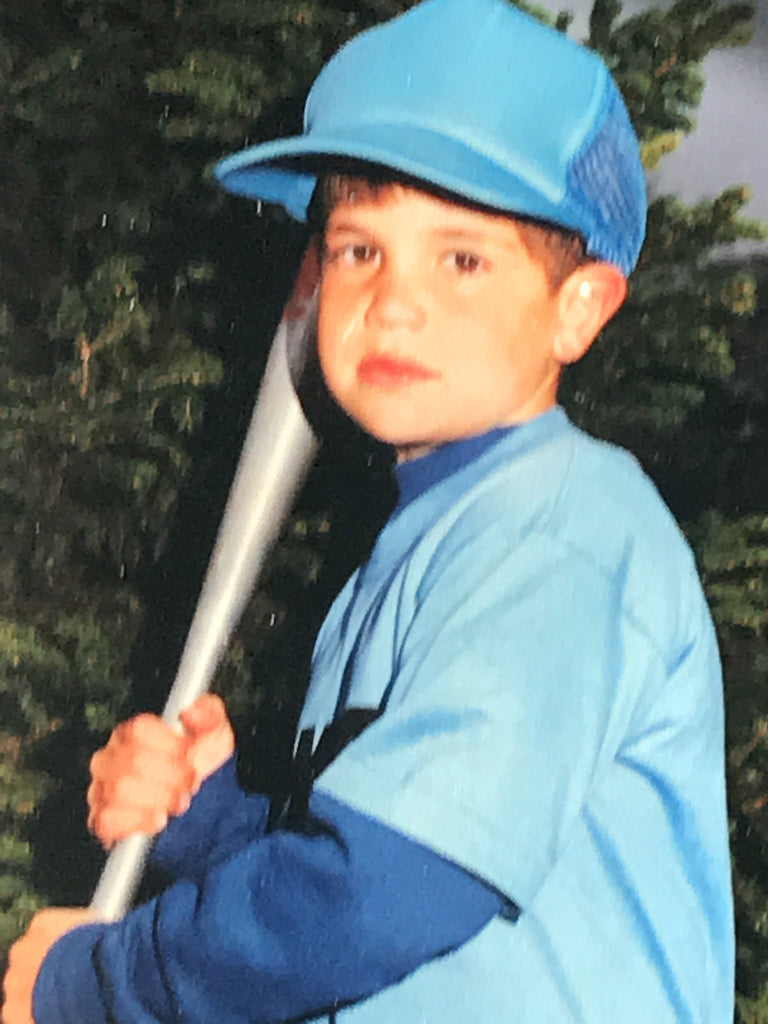
Sports are great for physical and mental growth, they teach teamwork and respect for others. They also keep kids on track and out of trouble (most of the time) because their time is limited between school work, sports, and the occasional job.
One of the most underrated benefits of sports for me was the coaches rule for personal grooming. One of my boys (#4) had long hair in high school. I hated it and of course, he loved it. When he was selected for the varsity hockey team, there was a tradition that the new players’ heads were shaved by the older players. The coach called the night before to tell me about it and get permission to shave his head. I was so excited and happy to say yes, I think the coach thought there was something wrong with me. Seeing his bald head come home from school was one of the best days of my life (and that is saying something).

In all of our athletic adventures, I know that the treats at halftime and at the end of the game were a powerful motivating factor in playing sports. If I cut up oranges at home no one would look at them, but on the side of a soccer field, they couldn’t get enough. Several of my children and at least one grandchild sat next to the treat coolers protecting them but hoping one would spill open and they would get an early/extra treat.
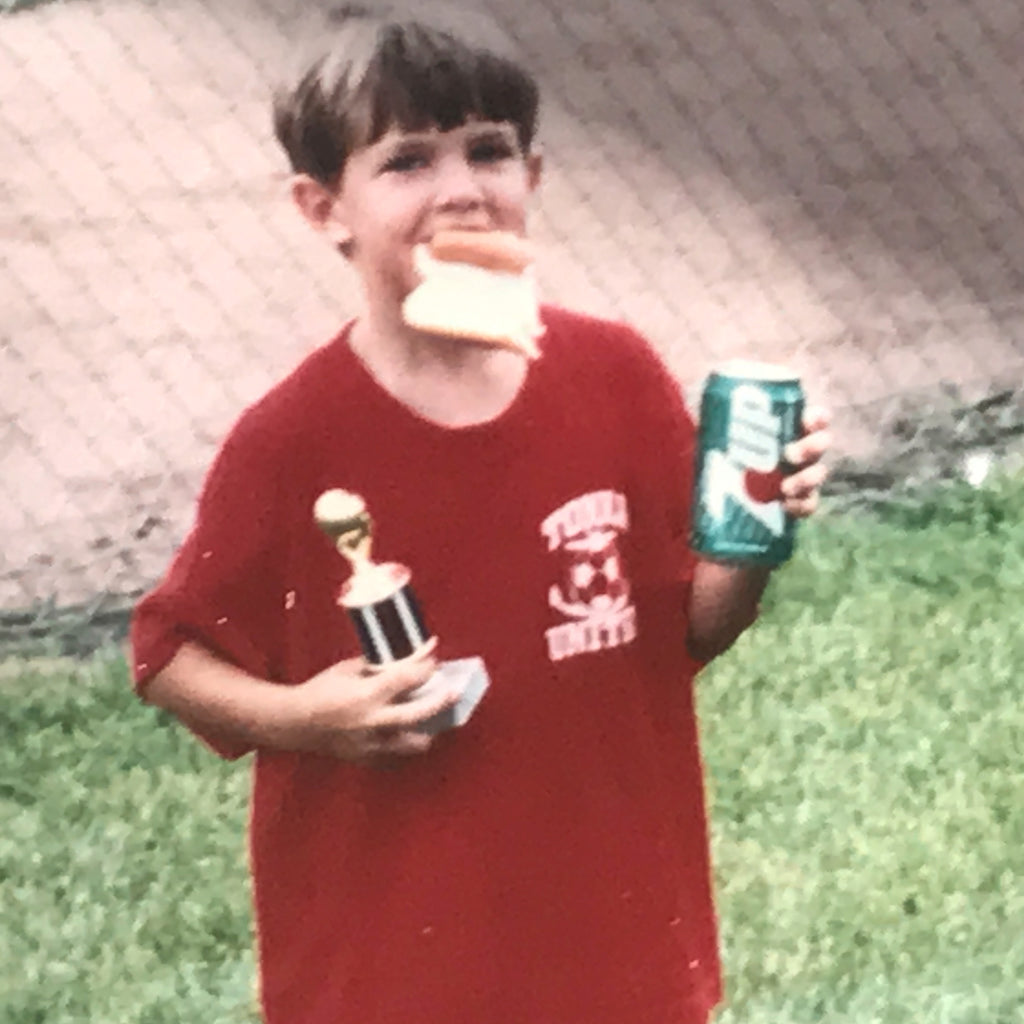
When Tess first started soccer, she LOVED her coach. He was the most encouraging and supportive man; all his players thought they were the best player and worked very hard for him. Their reward after a good practice was ONE piece of Starburst candy. I would have given her a whole bag of Starbursts to clean up her room in a timely fashion, but that job never appealed to her. When it was our turn to supply the treats, each child was very specific as to what they wanted to eat and drink after the game. I drew the line at giant candy bars and soda, we were more fruit snacks and juice boxes.
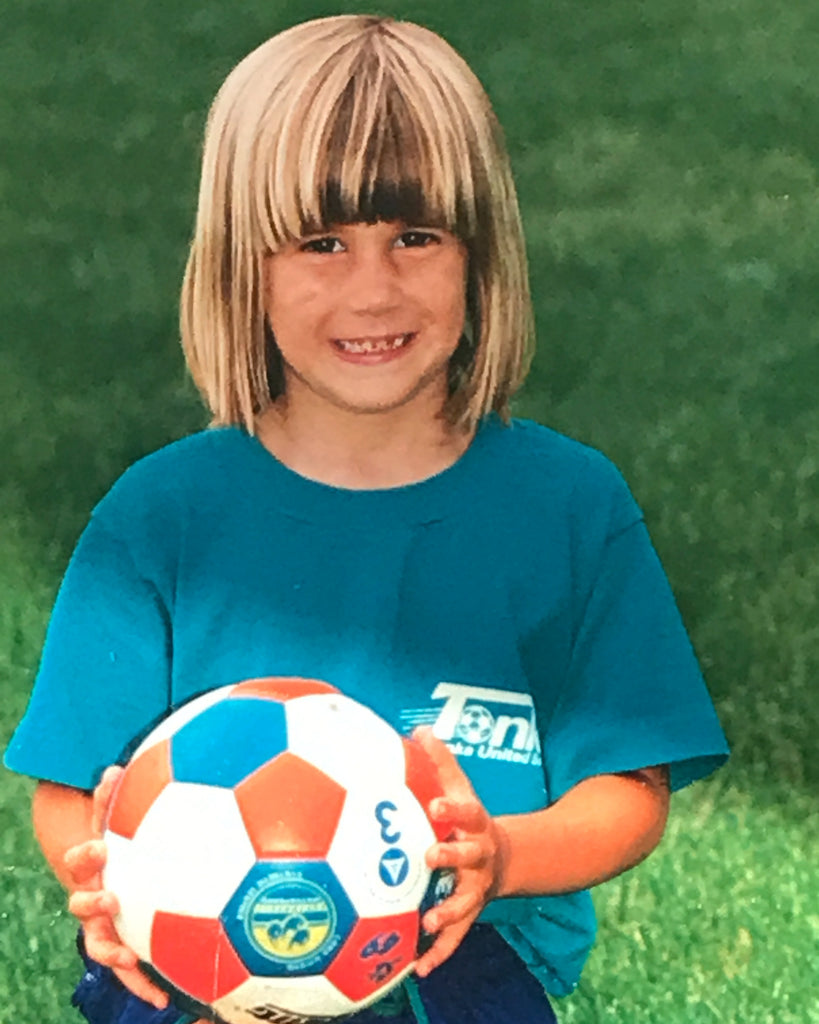
For the players' treats were great, for the parents they were just one more thing to remember to bring that day. I know there were parents that loved being creative in supplying sustenance to the players. By the time I was driving my 4th child to practice they were lucky to have a filled water bottle, much less a snack —we lived close to the fields and I was sure the kids would all make it home without serious hunger issues.
Bullet Points:
- Guide your kids in their sports selection. Keep in mind you will be driving and watching whatever they pick.
- Sports are for the participant to love. Just because you love it, doesn’t mean they will. If you want them to play a sport you love and they don’t, maybe you should take it up. Might be very fulfilling.
- No matter how well or not well they play—be supportive. Don’t think they are going to be the next great star. If they are happy that is all that matters.
- We all ski, some better than others. It is a family sport for us and we are lucky to still enjoy it together. Find something that you enjoy together and do it, there are lots of things to pick from.
